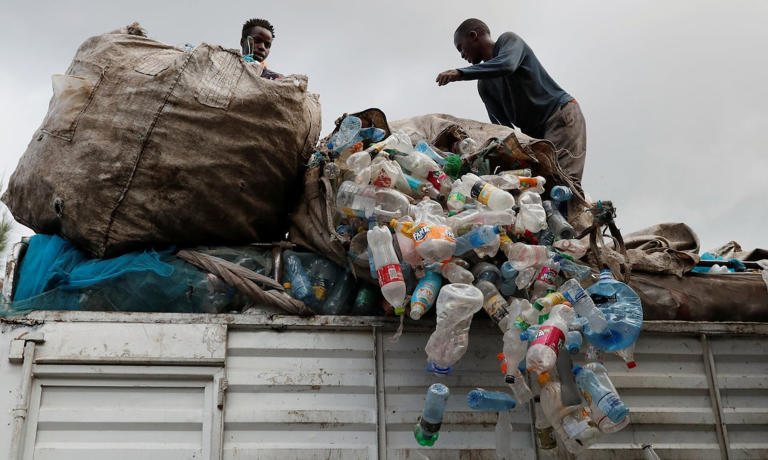‘Strides made, challenges remain’ to provide drinking water in Manitoba
Story by Dave Baxter Local Journalism Initiative reporter • POSTMEDIA
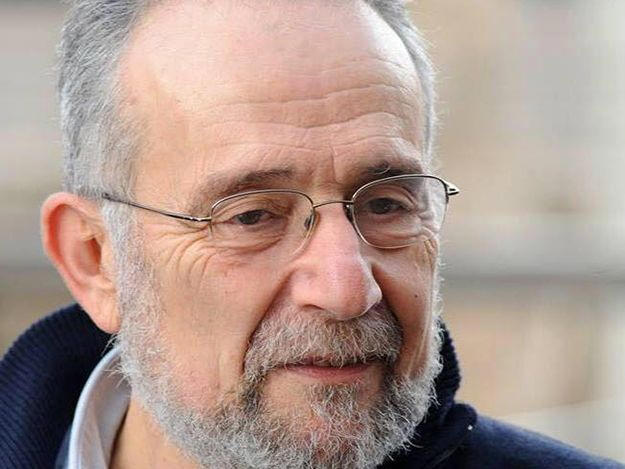
UN Special Rapporteur on the human rights to water and sanitation Pedro Arrojo Agudo said last week that Canada still has a lot of work to do to ensure all Canadians have access to clean water no matter where they live. Handout© Provided by Winnipeg Sun
Canada could be doing more after a court ordered billions to be put aside to bring safe drinking water to First Nations communities, said a UN official.
This comes more than two years after a court ordered the federal government to put aside billions to bring safe drinking water to First Nations communities.
“I received overwhelming direct testimonies about harsh living conditions in the Reserves where First Nations have historically been forced to live and where, in many cases, not even their right to drinking water is guaranteed,” UN Special Rapporteur on the human rights to water and sanitation Pedro Arrojo Agudo said on Friday in Ottawa.
Last week, a tour of Canada took Arrojo Agudo to stops across the country and included meetings with Indigenous people, government officials, and civil society groups to examine “issues of concern” in Canada related to safe drinking water and sanitation in Indigenous communities.
Arrojo Agudo said after the tour wrapped up that he has seen Canada “make strides” in recent years to bring safe drinking water to First Nations communities, and to lift long-term water advisories.
According to the federal government, a total of 144 long-term drinking water advisories have been lifted in First Nations communities in Canada since November 2015, but 26 advisories currently remain in place, including three in Manitoba.
 Global News
Global NewsConcerns raised following Alberta’s new water sharing agreement
“However, there are still challenges to be addressed, including the recurrence of water advisories, toxic contamination, the criminalization of water defenders, and the need for a human rights and ecosystems approach to water management,” Arrojo Agudo said.
After his tour wrapped up, Arrojo Agudo also expressed concerns about what effects mining projects could have on water in First Nations communities in Canada, and about what he said was the “criminalization” of those who protest against large infrastructure projects on or near First Nations communities.
“These actions violate their rights to peaceful protest and freedom of expression,” Arrojo Agudo said.
In Manitoba, according to a federal government website, long-term boil water advisories are currently in place in the Mathias Colomb Cree Nation, the Shamattawa First Nation and the Tataskweyak Cree Nation (TCN).
In 2019, the community of TCN, along with Ontario communities Curve Lake First Nation and Neskantaga First Nation, filed a class-action lawsuit against the federal government to have access to clean drinking water recognized as a basic human right.
A court ruled in 2021 that the feds must put aside approximately $8 billion to bring clean drinking water to First Nations communities over the next several years, and to compensate those who have lived for years without access to it.
In an affidavit filed in 2019, TCN Chief Doreen Spence said that TCN, a community of about 2,000 on-reserve members, had been under a boil-water advisory since 2017, saying the community’s water supply, which comes from Split Lake, has been contaminated by upstream development and recurring flooding, and was contaminated with E.coli and large-scale blue-green algae blooms, which can cause serious illness.
Last December, Indigenous Services Canada (ISC) announced they planned to spend $40 million to bring a new water treatment plant and a 40-kilometre pipeline to TCN that would see the community draw their water from Assean Lake, and give TCN a source of clean and drinkable water for the first time since 2017.
On Monday, TCN Bank Councillor Dennis Kirkness confirmed that ground broke on the project in January of this year, but he said it could still take between four and five years for it to be completed, and while the community waits, they will continue to use bottled water that is delivered into the community as their only source of safe drinking water.
— Dave Baxter is a Local Journalism Initiative reporter who works out of the Winnipeg Sun. The Local Journalism Initiative is funded by the Government of Canada.
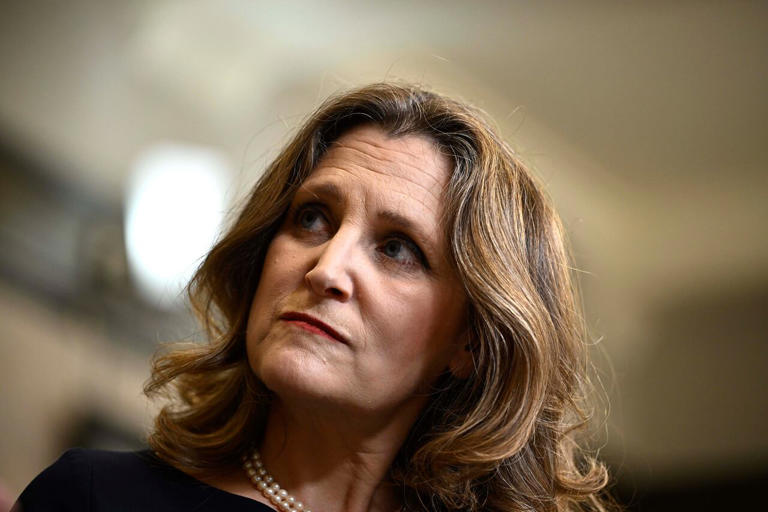
cbc.ca
Premiers lash out at Trudeau over budgetDuration 2:00 View on Watch
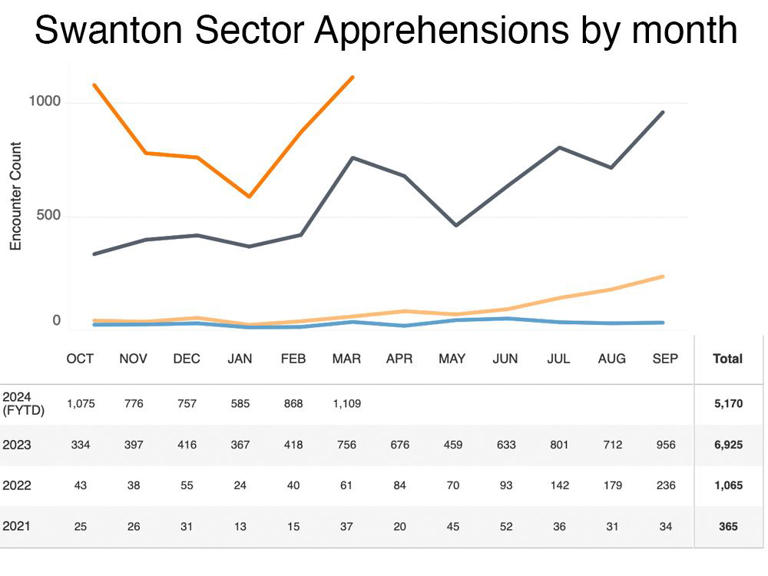

 Global News
Global News



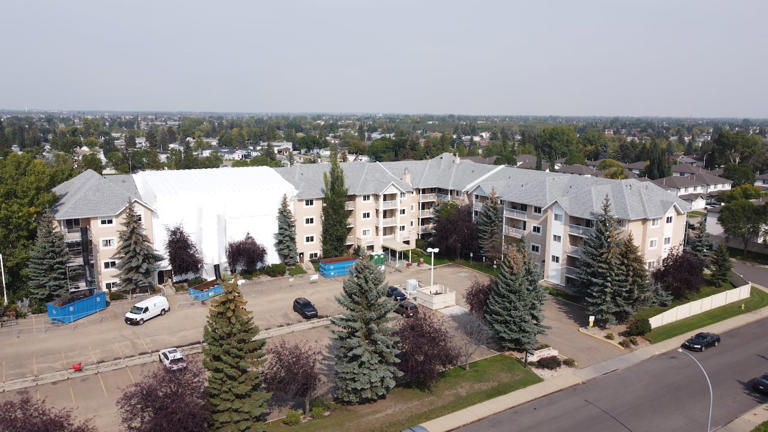

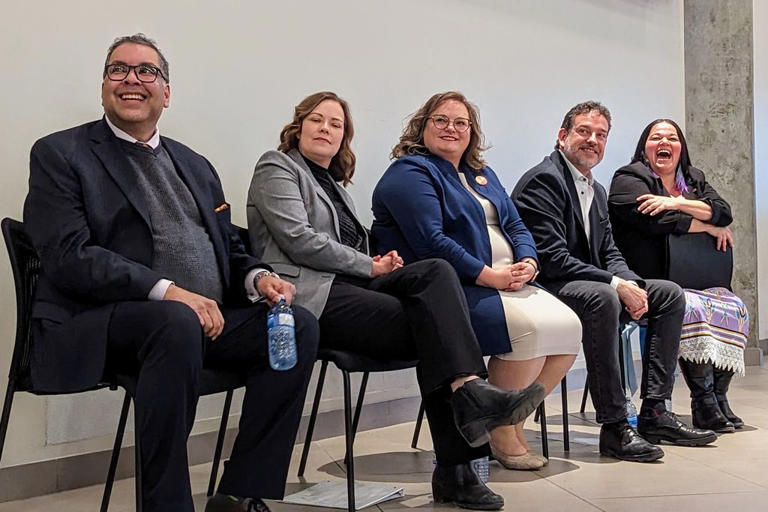



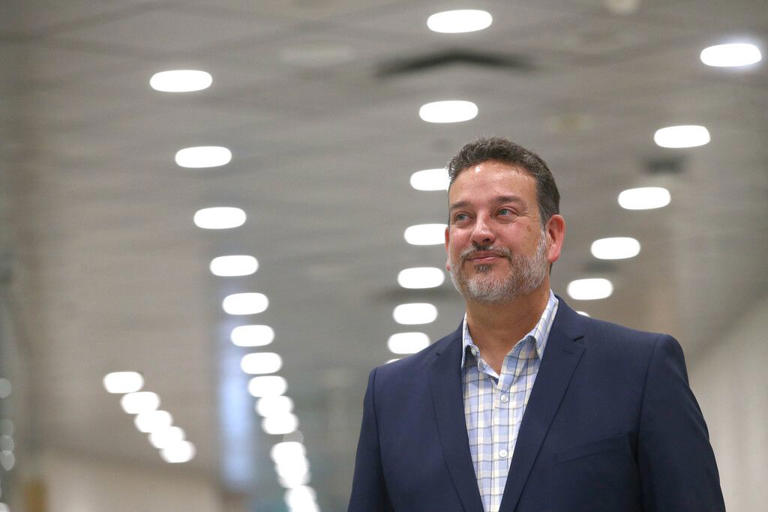

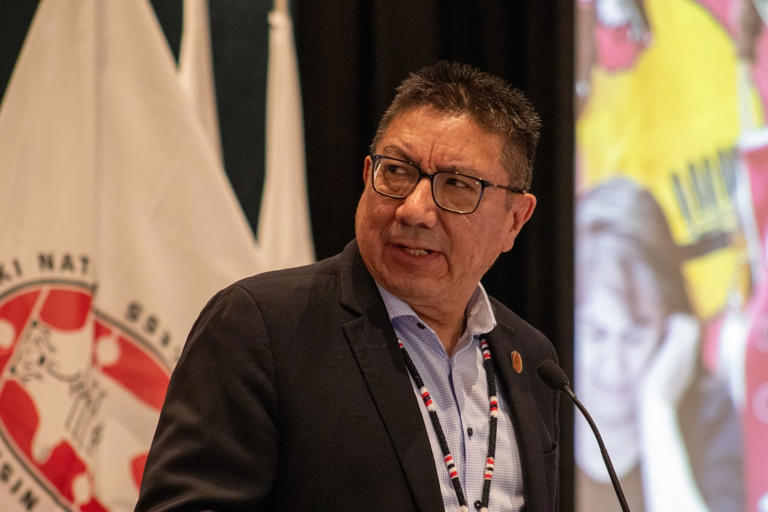

 What If
What If